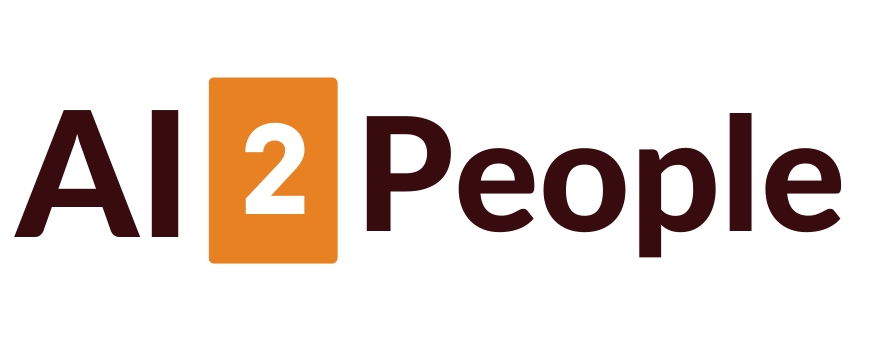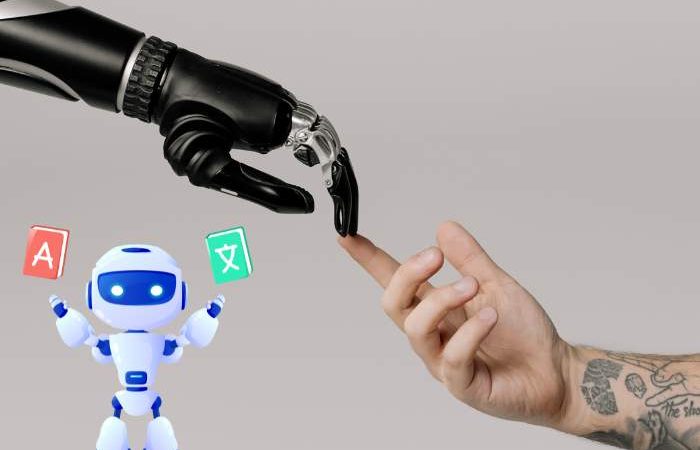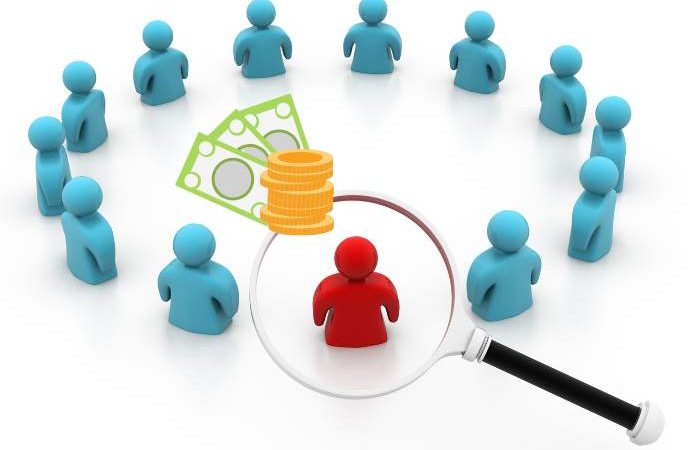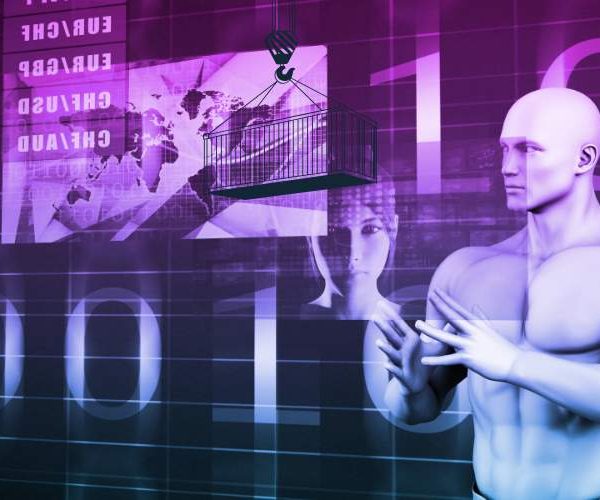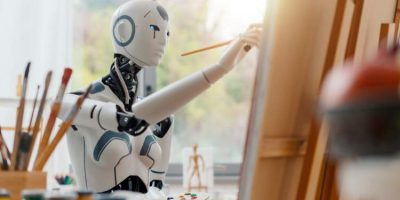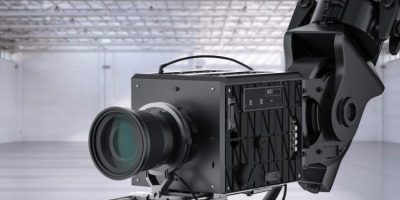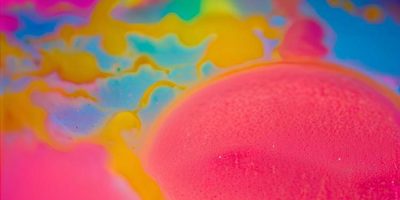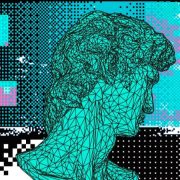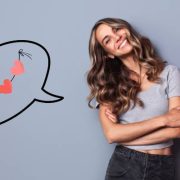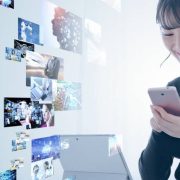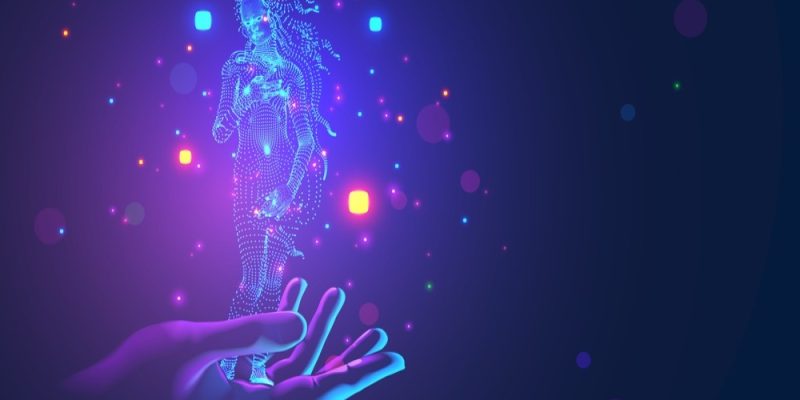
Japan’s First AI-Drawn Manga: A Revolution or a Threat?
Artificial intelligence (AI) is transforming the world of art, and Japan’s multi-billion-dollar comic book industry is no exception. The release of “Cyberpunk: Peach John,” Japan’s first fully AI-drawn manga, has caused a stir, raising questions about the impact of technology on the industry. While some see AI as a powerful tool that can unlock new possibilities, others warn of the threat it poses to jobs and copyright.
The Making of “Cyberpunk: Peach John”
The author of “Cyberpunk: Peach John,” who goes by the pen name Rootport, admits to having “absolutely zero” drawing talent. He used Midjourney, a viral AI tool, to create the manga’s futuristic contraptions and creatures, which would have taken a skilled artist a year to complete. The manga, which spans over 100 pages, was finished in just six weeks, highlighting the efficiency of AI-generated art.
To create the manga, Rootport entered combinations of text prompts, such as “pink hair,” “Asian boy,” and “stadium jacket,” into Midjourney. The AI then produced images of the story’s hero in around a minute, which the author laid out in comic-book format to produce the final product.
The Benefits and Drawbacks of AI-Generated Art
AI-generated art offers new possibilities for those without artistic talent to make inroads into the manga industry. However, the rise of AI-generated art has raised concerns about copyright infringement and the threat of job displacement.
Midjourney, the AI tool used to create “Cyberpunk: Peach John,” was developed in the United States and quickly became popular worldwide. However, some AI text-to-image generators have faced legal difficulties, with the London-based start-up behind Stable Diffusion facing lawsuits alleging the software scraped copyrighted material from the web without permission.
In Japan, some lawmakers have raised concerns about artists’ rights, while others worry that the technology could replace junior manga artists who paint background images for each scene. When Netflix released a Japanese animated short in January using AI-generated backgrounds, it faced criticism online for not hiring human animators.
Despite these concerns, some manga artists see the potential for AI to enhance their work. AI can help them visualize their ideas and suggest rough sketches that they can then refine. However, some artists are wary of copying directly from computer-generated images because they don’t know whose artwork they’re based on.
Conclusion
While AI-generated art is undoubtedly impressive, it’s unlikely to replace human artists entirely. Manga is not just about aesthetics but also cleverly devised plots, an area where humans still dominate. Nonetheless, the rise of AI-generated art is bound to influence the manga industry’s future, and it’s crucial to ensure that it doesn’t infringe on artists’ rights or displace workers. Ultimately, the key is to strike a balance between the power of AI and the creativity of human artists to produce work that is unique, captivating, and thought-provoking.
